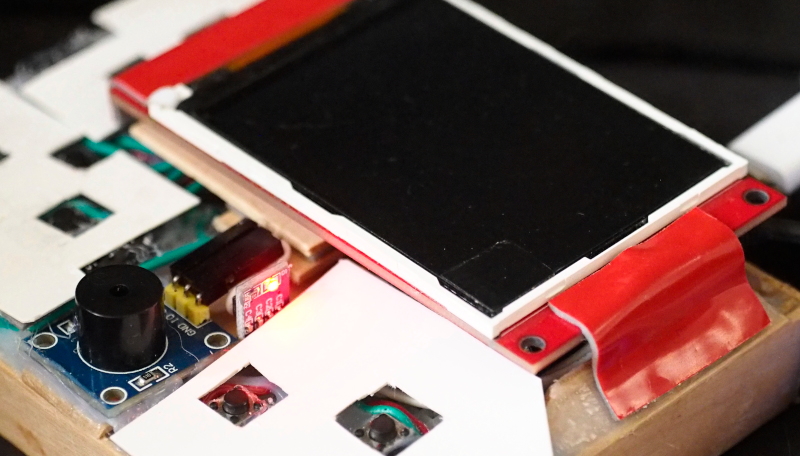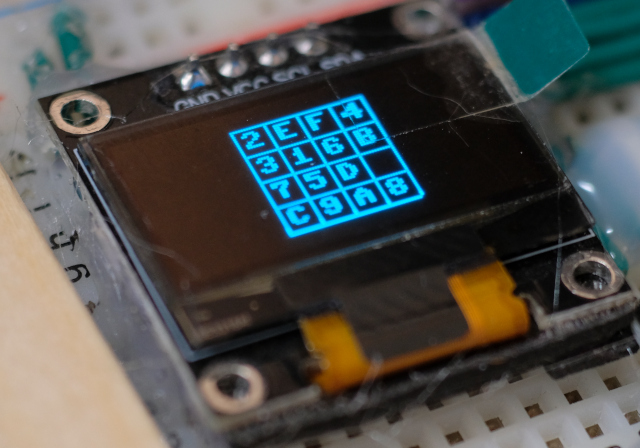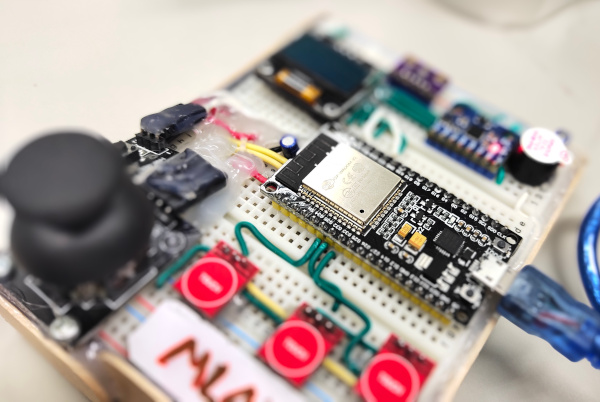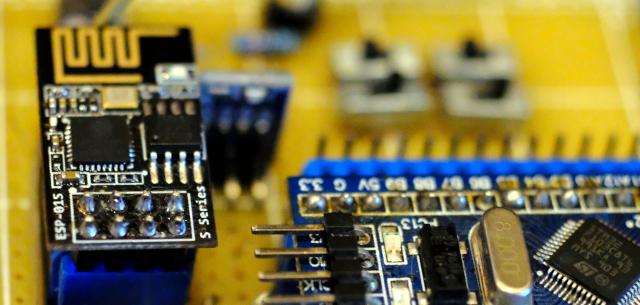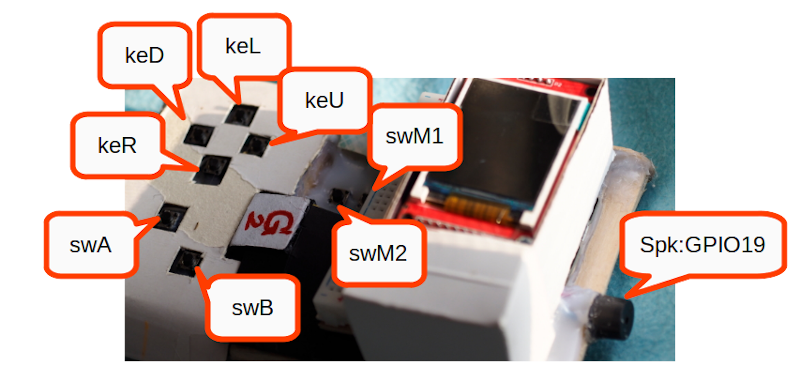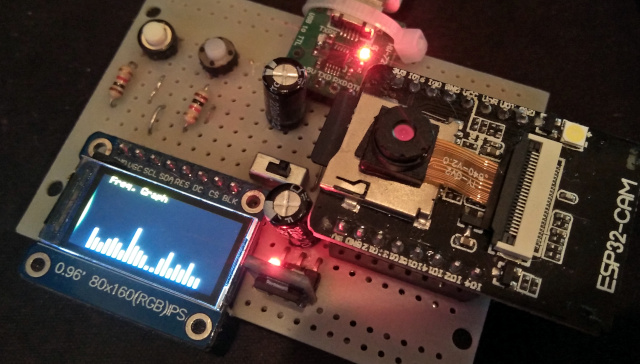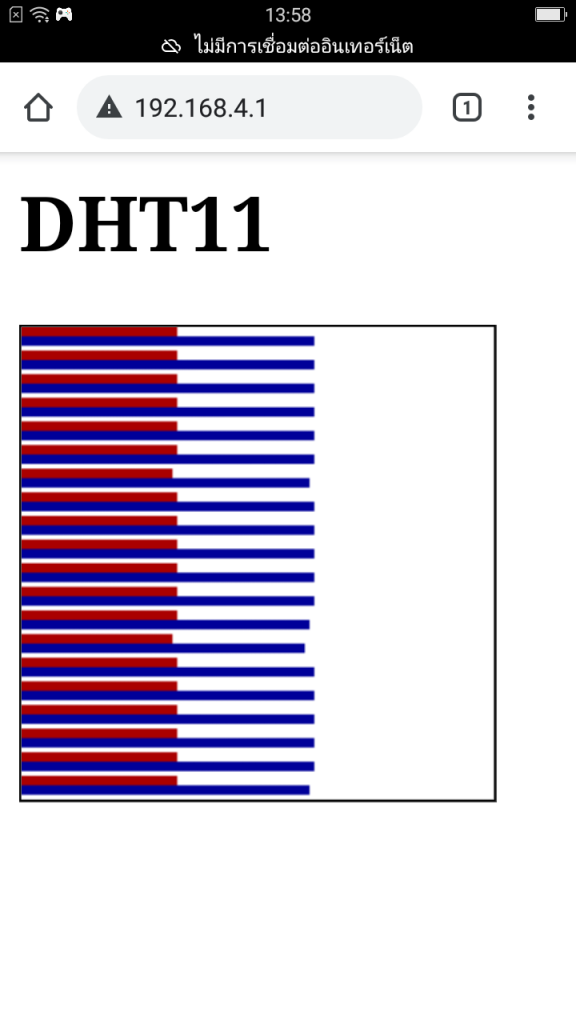[EN] DAC12 bit with MicroPython
This article describes the working principle of a 2-channel 12-Bit Digital-to-Analog converter module that works with MCP4922 IC with the MicroPython of the ml4m board via the SPI bus to output the analog signal in the triangular waveform. Squares as shown in Figures 6 and 7 of the example in this article.

